5 Food Storage Basics
“Organize yourselves; prepare every needful thing.” *
The point of food storage is to have food storage in place BEFORE an emergency strikes.
I just made a trip to a warehouse (owned by my church) to purchase a bunch of staples like flour, sugar, wheat, salt, etc. Back in February, I had the thought: I need to beef up our food storage! Organizing your food storage is so important for peace of mind when disaster strikes.
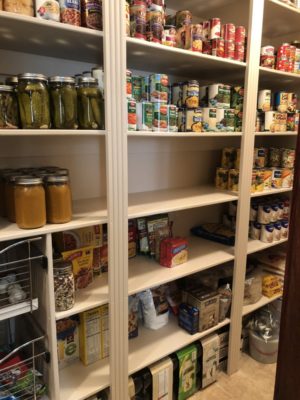
The reason: partly inspiration, partly because we had used a lot of flour and sugar last December. My son Jacob and I had baked and sold cookies to raise money for a school trip. So, I thought we were running low. (Turns out, we still had enough flour for 6 months in our storage.)
That brings me to the first step in organizing your food storage.
One: Know what you have.
Have you ever gone to the grocery store and bought ketchup because you thought you were almost out, only to find you have 3 bottles of ketchup in your pantry?
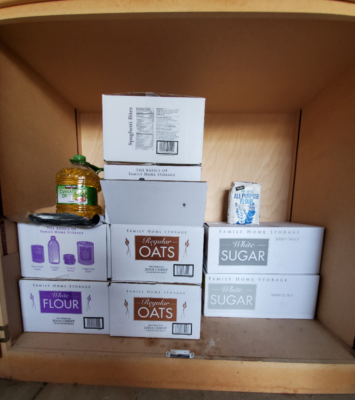
It’s crucial to know what you already have stored. Not taking an inventory before you go to the store or get online leads to waste, because your family won’t be able to consume it before it spoils.
On the other hand, when you DO take an inventory of how much flour, sugar, yeast, oil, milk powder, salt, etc. you have stored, you won’t end up with waaay too much of one item. Or too little of another staple food. You might be surprised how fast you’ve used up the flour, for example.
Here’s what I do when I purchase food to put in storage: I put the date of purchase on the container. It’s helpful to keep records and to inventory your storage at least once a year.
Two: Track how fast you consume the food.
If you want to know how fast your family uses up 10 pounds of flour, for example, there is an easy way to figure that out. Simply label the container with an “open date,” which is the date you started consuming the flour. A piece of masking tape or white duct tape works well.
Then, when you use the last of it, note the date on the tape. It’s a great trick. Just make sure to plan for extra usage during holidays like Christmas, when you’ll do a lot more baking.
Three: Figure out what your gaps are.
What do you still need to “round out” your food storage? Do you have everything you need to make bread, for example? What about soup? How many different meals could you make with the food you already have on hand? If you only have the ingredients for 3 different meals during an emergency, you will get mighty tired of eating those 3 meals!
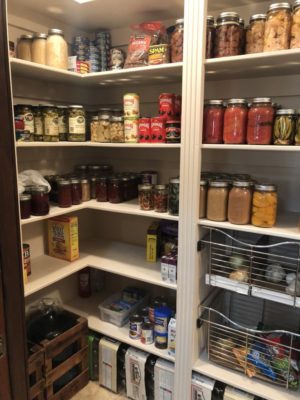
One thing we like to do for variety: purchase hiking meals and MREs. It provides us great choices without having to purchase a bunch of perishable ingredients for our food storage. And they last about 10 years! They are packaged in a pouch and quite light, especially the hiking meals. Everything you need to cook the meal is inside. Super efficient!
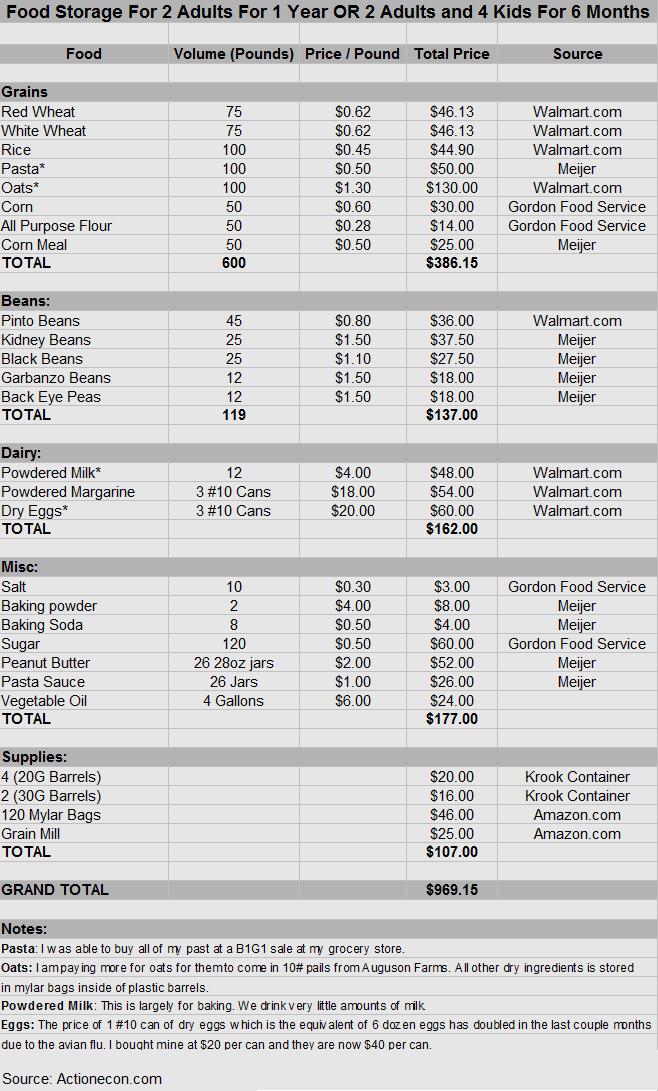
Four: Research how much food and water to store.
“If you are prepared you shall not fear”. *
Being prepared will save you from fear, because you will rest easy knowing you have enough food, water and fuel to provide for your family.

I have not worried about food, or even toilet paper, since this pandemic struck the world. Why? Because I had prepared for a disaster. I was surprised it came this soon, but that didn’t matter. The essential matter is to be ready for anything.
If an emergency like the Covid-19 virus comes around again, plan for married children returning home to wait it out with you. Currently, we have 2 adult children home with us, plus one teenager. And we have plenty because we have enough food storage to feed 5 people that will last 6 months.
Definitely plan for the worst-case scenario. Purchase the food that will fill in your gaps. You can do this bit by bit, purchasing some supplies every month. Or you can buy it all at once.
Five: Finally, prepare in advance.
You saw what happened during the COVID-19 scare when everyone tried to get their food storage at the same time. It’s chaotic and a bit scary. Stores started running out of many items like toilet paper, paper towels, bleach, flour, sugar, survival foods and foods with a long shelf-life.
Q: When is the time to get your food storage together?
A: Gather food storage BEFORE disaster strikes—not after!
Be part of the solution, instead of part of the panicking masses.
Resources:
President Gordon B. Hinckley, “If ye are Prepared ye Shall Not Fear,” Oct. 2005.
*Doctrine and Covenants 109:8 https://www.churchofjesuschrist.org/study/scriptures/dc-testament/dc/109.8?lang=eng#p8 D&C 109:8
**Doctrine and Covenants 38:30, https://www.churchofjesuschrist.org/study/scriptures/dc-testament/dc/38?lang=eng
Providentliving.org: https://providentliving.churchofjesuschrist.org/?lang=eng
Building a 6-month Food Storage Supply (with table listing foods and amounts) https://actionecon.com/building-a-6-month-food-storage-supply/
1 Year food Supply for a Family of 4 http://seasonedcitizenprepper.com/feed-a-family-of-4-for-1-year-for-less-than-300/

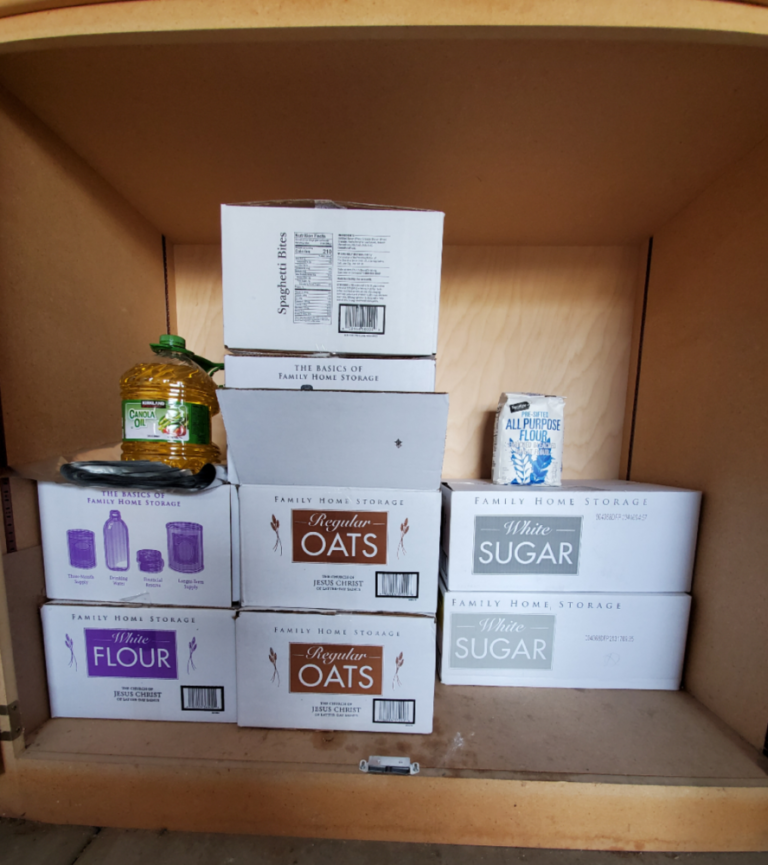
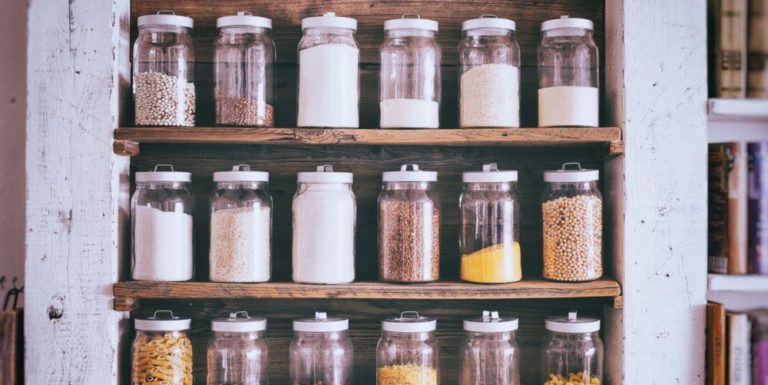
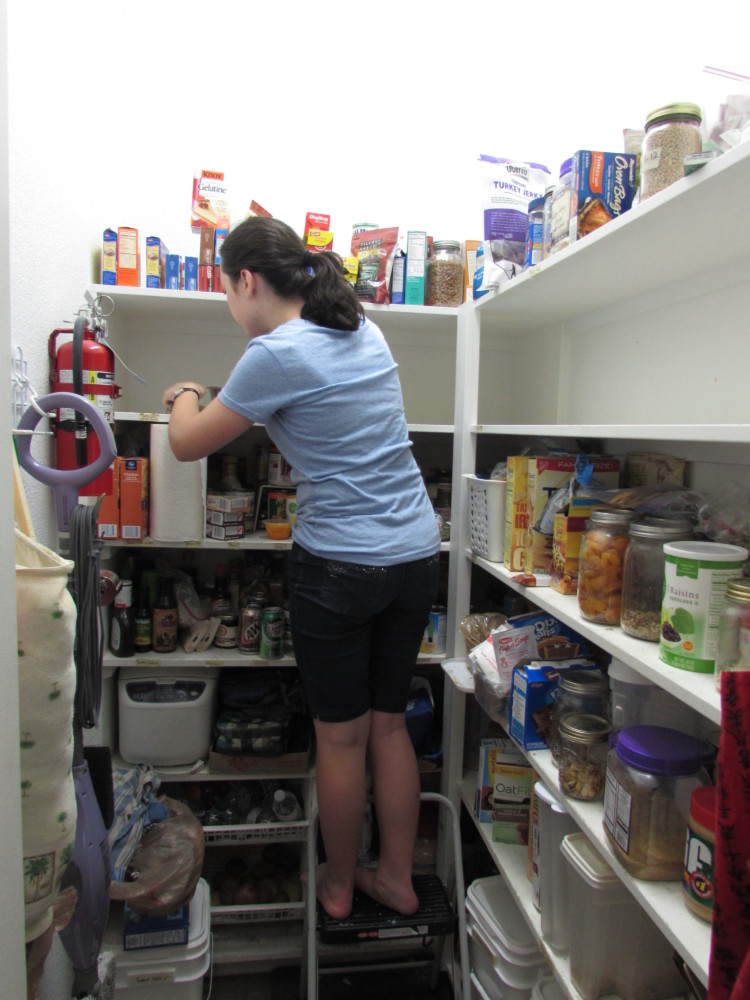
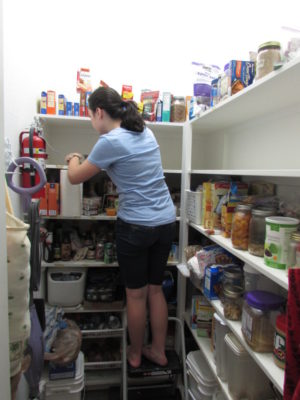
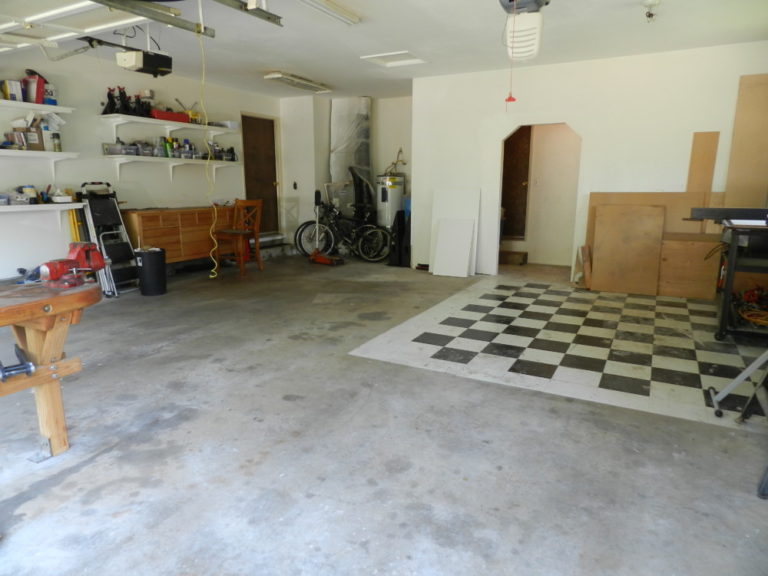


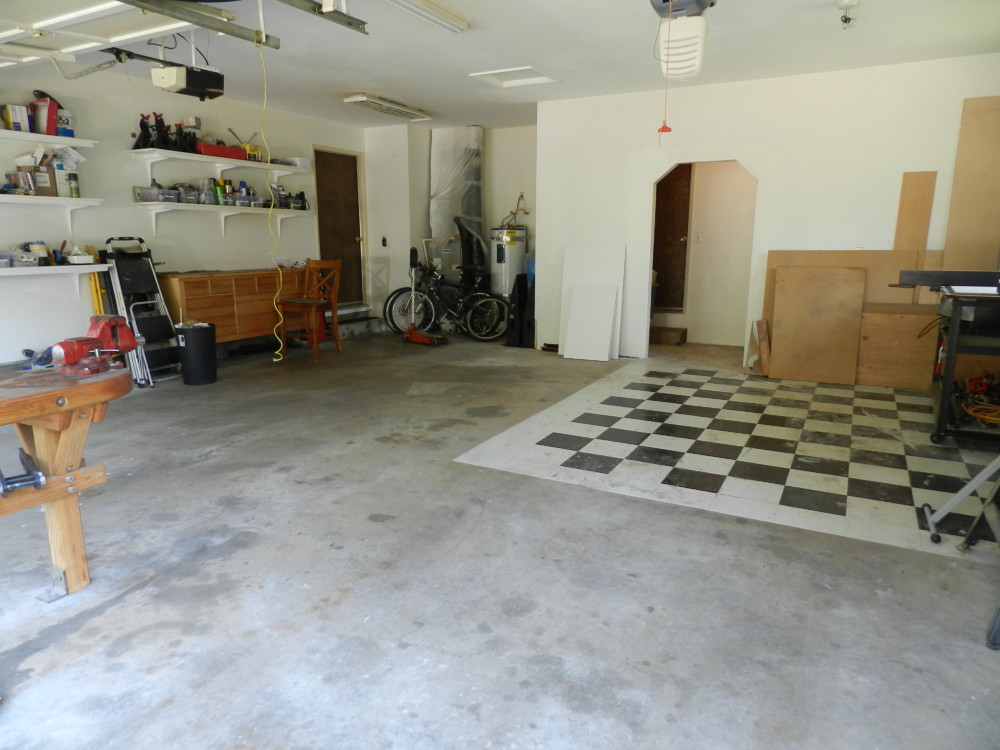


 Not a helper to chop veggies or a sous chef—I’m talking organizational help. Looking for kitchen ideas? You’re not alone. In the past couple weeks, several friends have mentioned their kitchen needs work. Well, that’s what I DO, so I’m here to help in the kitchen. Think about the issues in your kitchen. What piles up, and where? Are your cabinets crammed with precarious stacks of bowls, pots and pans, and airtight containers?
Not a helper to chop veggies or a sous chef—I’m talking organizational help. Looking for kitchen ideas? You’re not alone. In the past couple weeks, several friends have mentioned their kitchen needs work. Well, that’s what I DO, so I’m here to help in the kitchen. Think about the issues in your kitchen. What piles up, and where? Are your cabinets crammed with precarious stacks of bowls, pots and pans, and airtight containers? Many people have a small kitchen that doesn’t seem to have enough storage. Apartments, starter homes, and older homes tend to have small kitchens with woefully inadequate cabinet space. In my very first kitchen, I could barely open the oven without hitting our small table! At that time, I did not have many dishes or tools, so it wasn’t an issue.
Many people have a small kitchen that doesn’t seem to have enough storage. Apartments, starter homes, and older homes tend to have small kitchens with woefully inadequate cabinet space. In my very first kitchen, I could barely open the oven without hitting our small table! At that time, I did not have many dishes or tools, so it wasn’t an issue.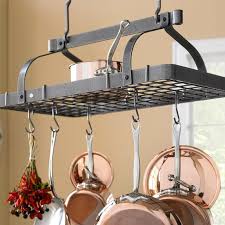 Sixth: A ceiling-mounted pot rack will hold a multitude of pots and pans!
Sixth: A ceiling-mounted pot rack will hold a multitude of pots and pans!
 Spaces
Spaces ommates. Once you’ve created a home for everything, take a labeler or some sticky tape and a marker, then go label happy! It doesn’t have to be a beautiful, perfect labeling system like you see on Pinterest, as long as you can read it, that’s all you need.
ommates. Once you’ve created a home for everything, take a labeler or some sticky tape and a marker, then go label happy! It doesn’t have to be a beautiful, perfect labeling system like you see on Pinterest, as long as you can read it, that’s all you need.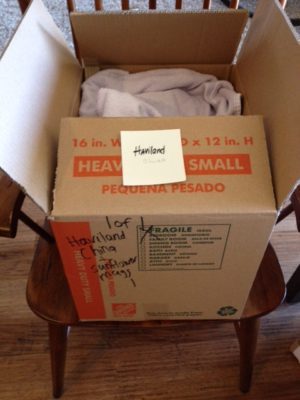
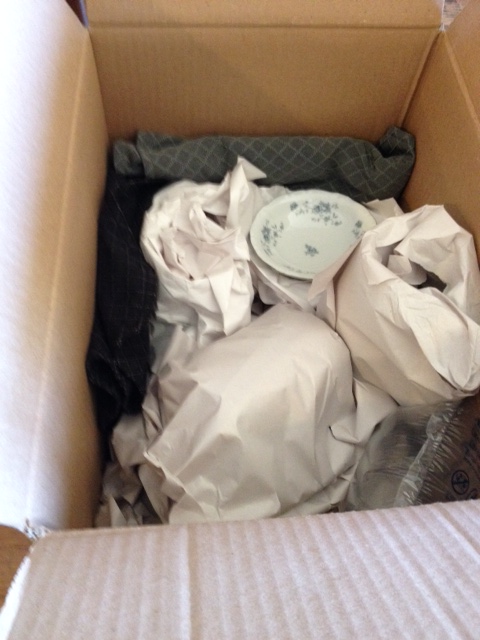
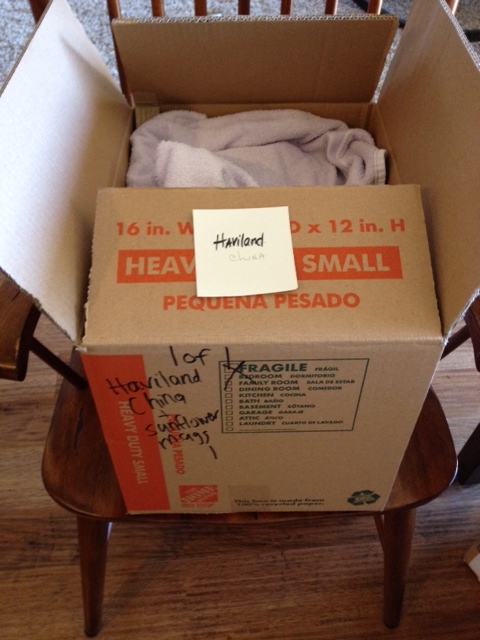

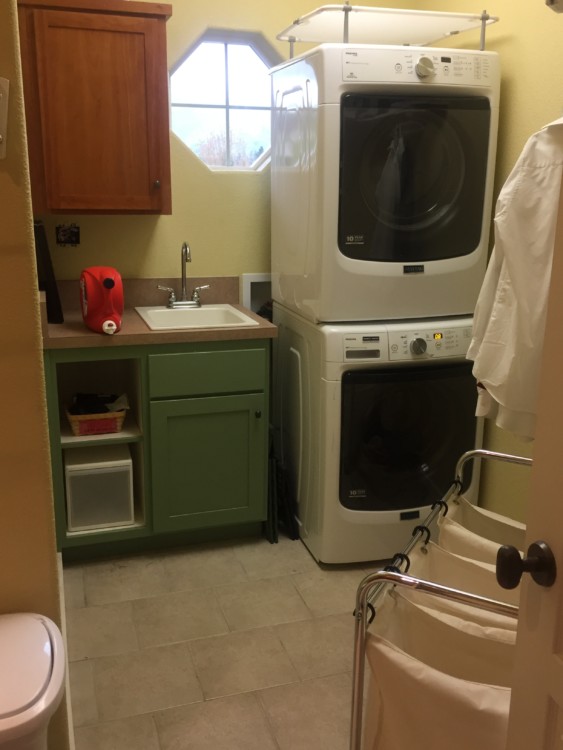 Last year, I remodeled my laundry room. Quite a process. I thought it would be this easy little project. Wrong! A lot goes into a laundry room, literally. I started out with my inspiration: a picture I clipped from a magazine.
Last year, I remodeled my laundry room. Quite a process. I thought it would be this easy little project. Wrong! A lot goes into a laundry room, literally. I started out with my inspiration: a picture I clipped from a magazine.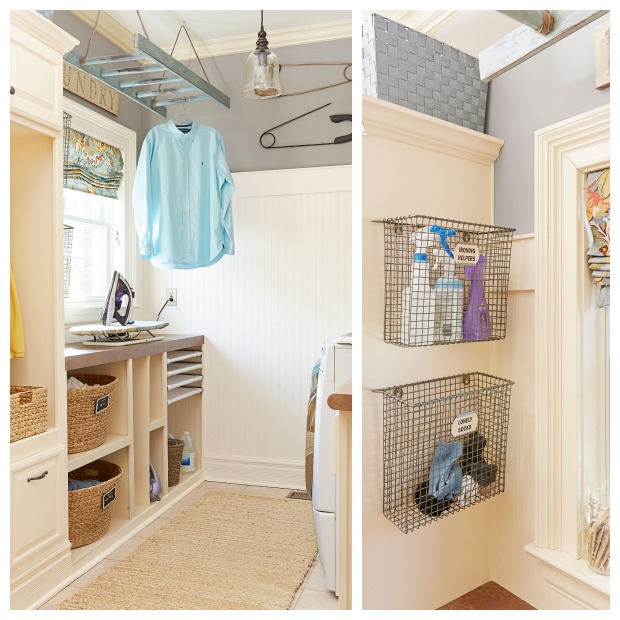 Space saving idea #2: Utilize your wall space.
Space saving idea #2: Utilize your wall space. Don’t forget the ceiling!
Don’t forget the ceiling! Just notice and jot down what stuff is lying around on your washer, dryer, the floor, and any counters in there. What do you have too much of? Whatever you don’t have a place for ends up as clutter, so give it a home. And if your answer was too much laundry . . . I do too!
Just notice and jot down what stuff is lying around on your washer, dryer, the floor, and any counters in there. What do you have too much of? Whatever you don’t have a place for ends up as clutter, so give it a home. And if your answer was too much laundry . . . I do too!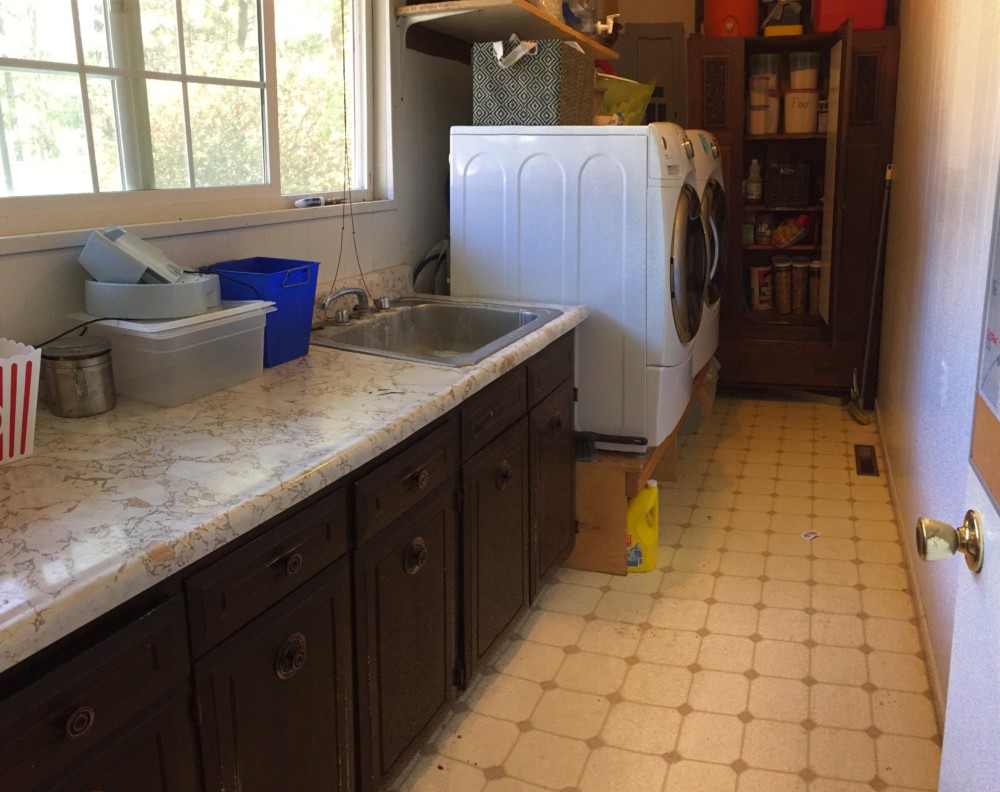 Collect some pictures for inspiration. I actually stumbled across my dream laundry room in a magazine while in a waiting room. A link to the article is in the Resources section. Also, search for solutions to your unique issues. Just use your search engine and see what pictures come up. You will be amazed!
Collect some pictures for inspiration. I actually stumbled across my dream laundry room in a magazine while in a waiting room. A link to the article is in the Resources section. Also, search for solutions to your unique issues. Just use your search engine and see what pictures come up. You will be amazed!


 it works with clients too; they always want to use their new and improved file system after we have set it up. It gives me great satisfaction to know I’ve helped yet another person to be organized and find what they need quickly.
it works with clients too; they always want to use their new and improved file system after we have set it up. It gives me great satisfaction to know I’ve helped yet another person to be organized and find what they need quickly.
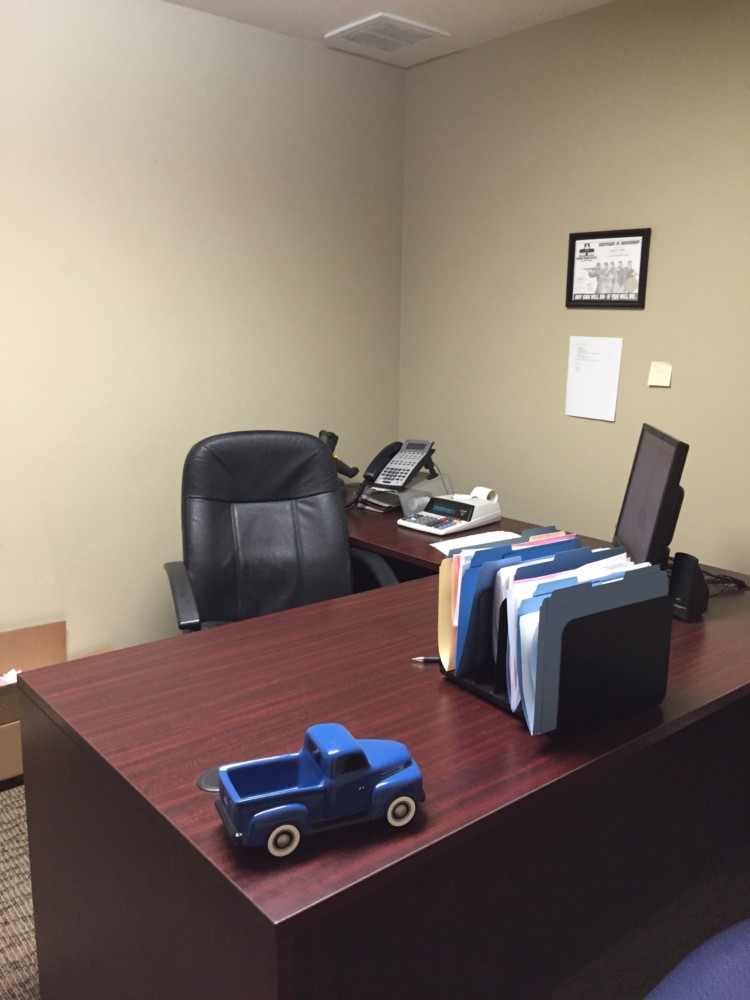 Do I use this?
Do I use this?

